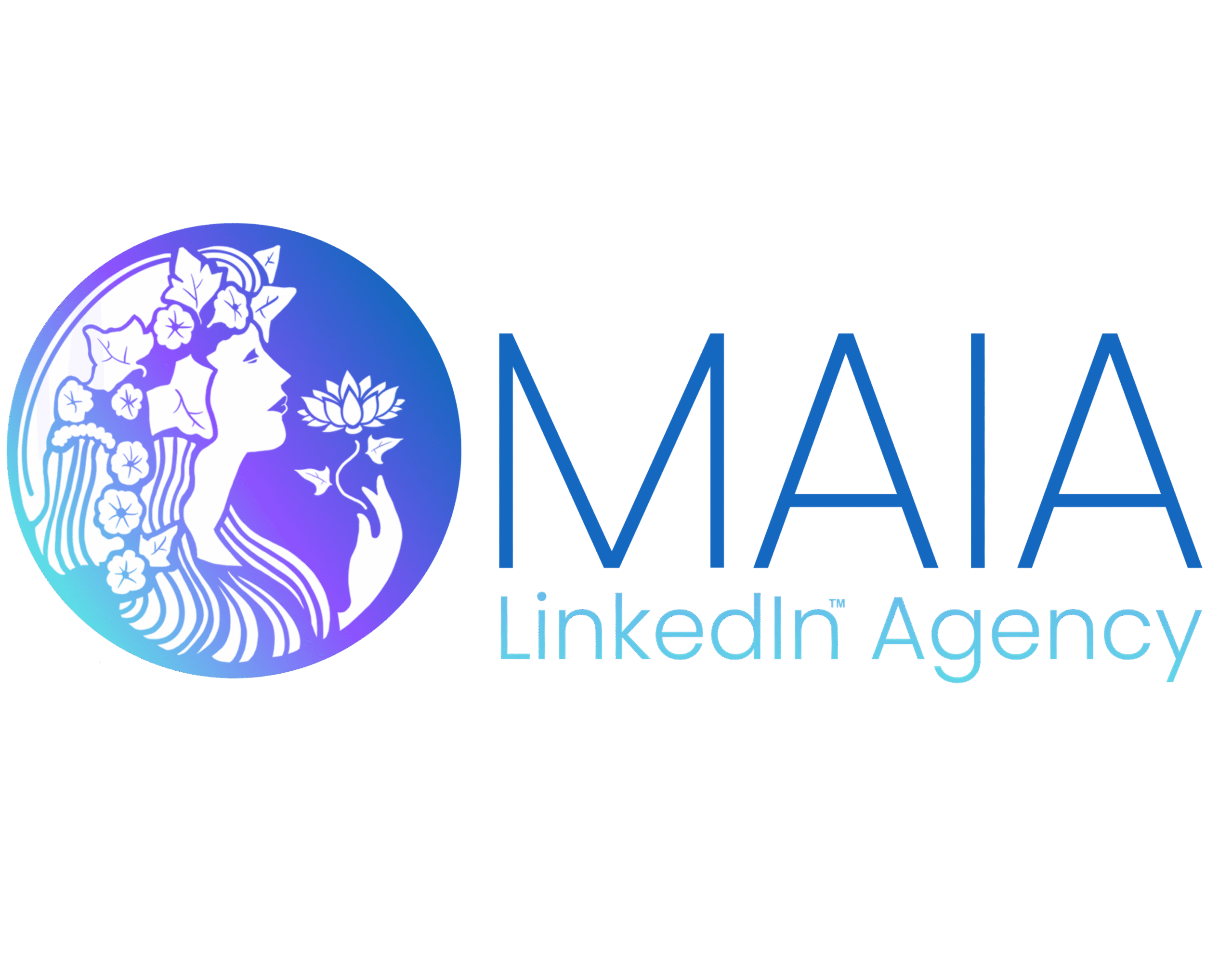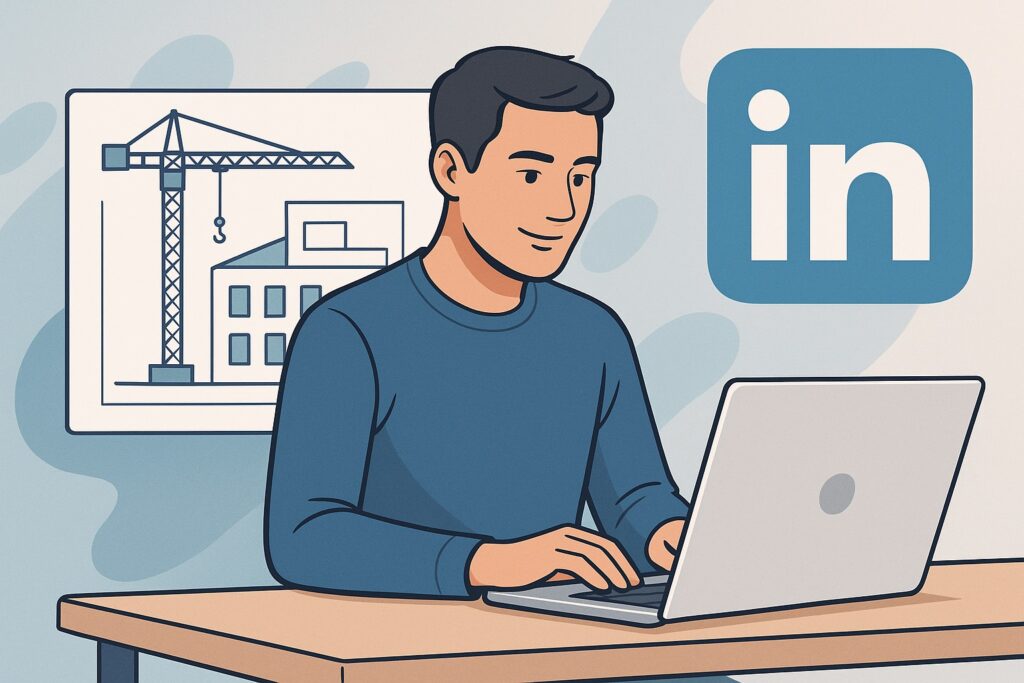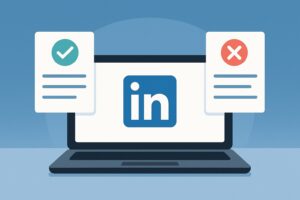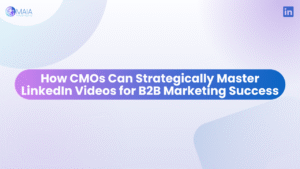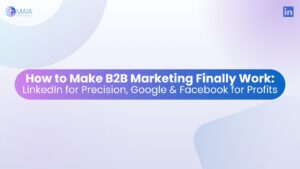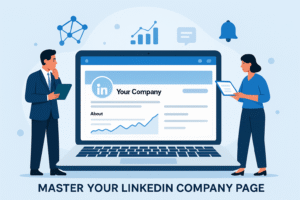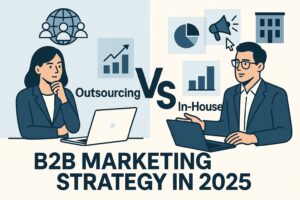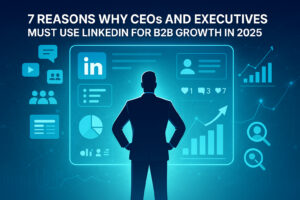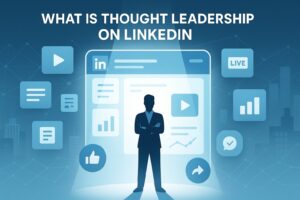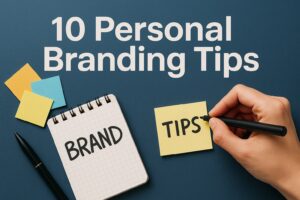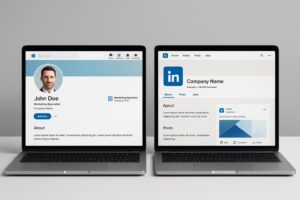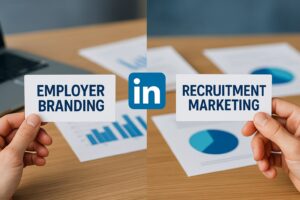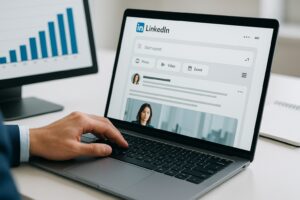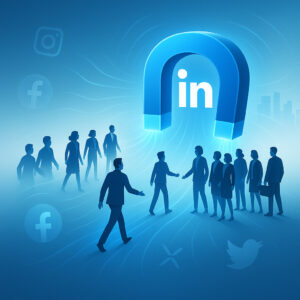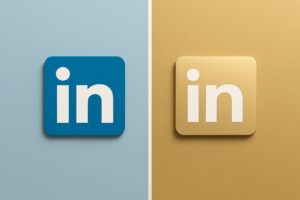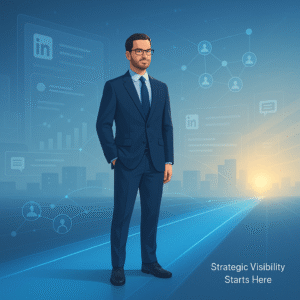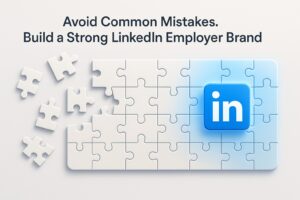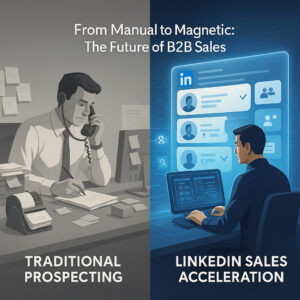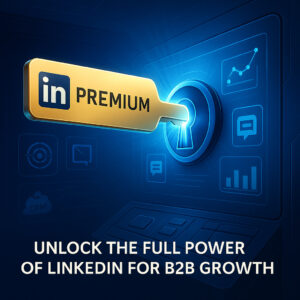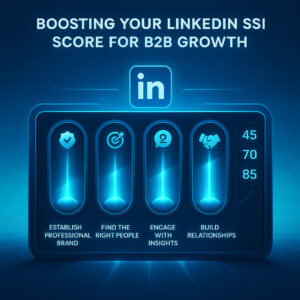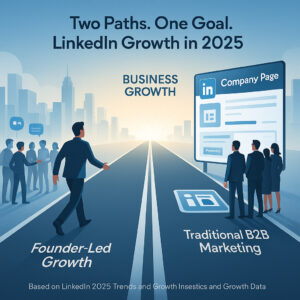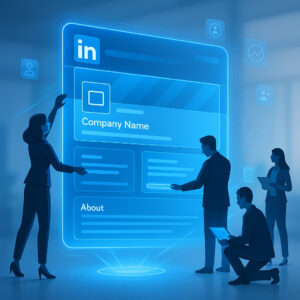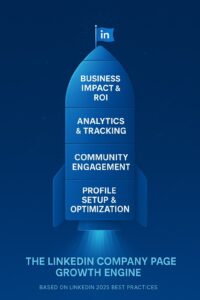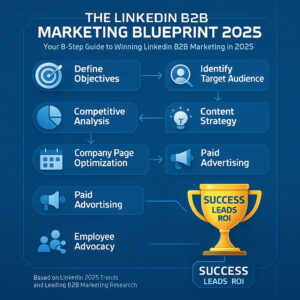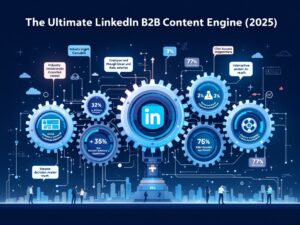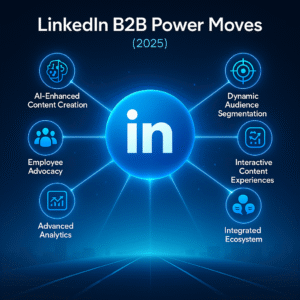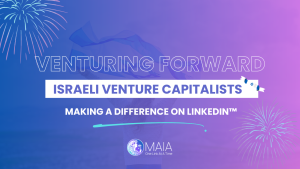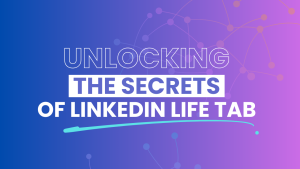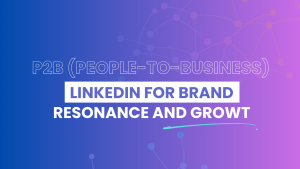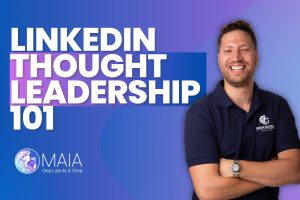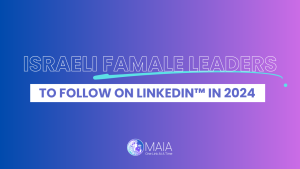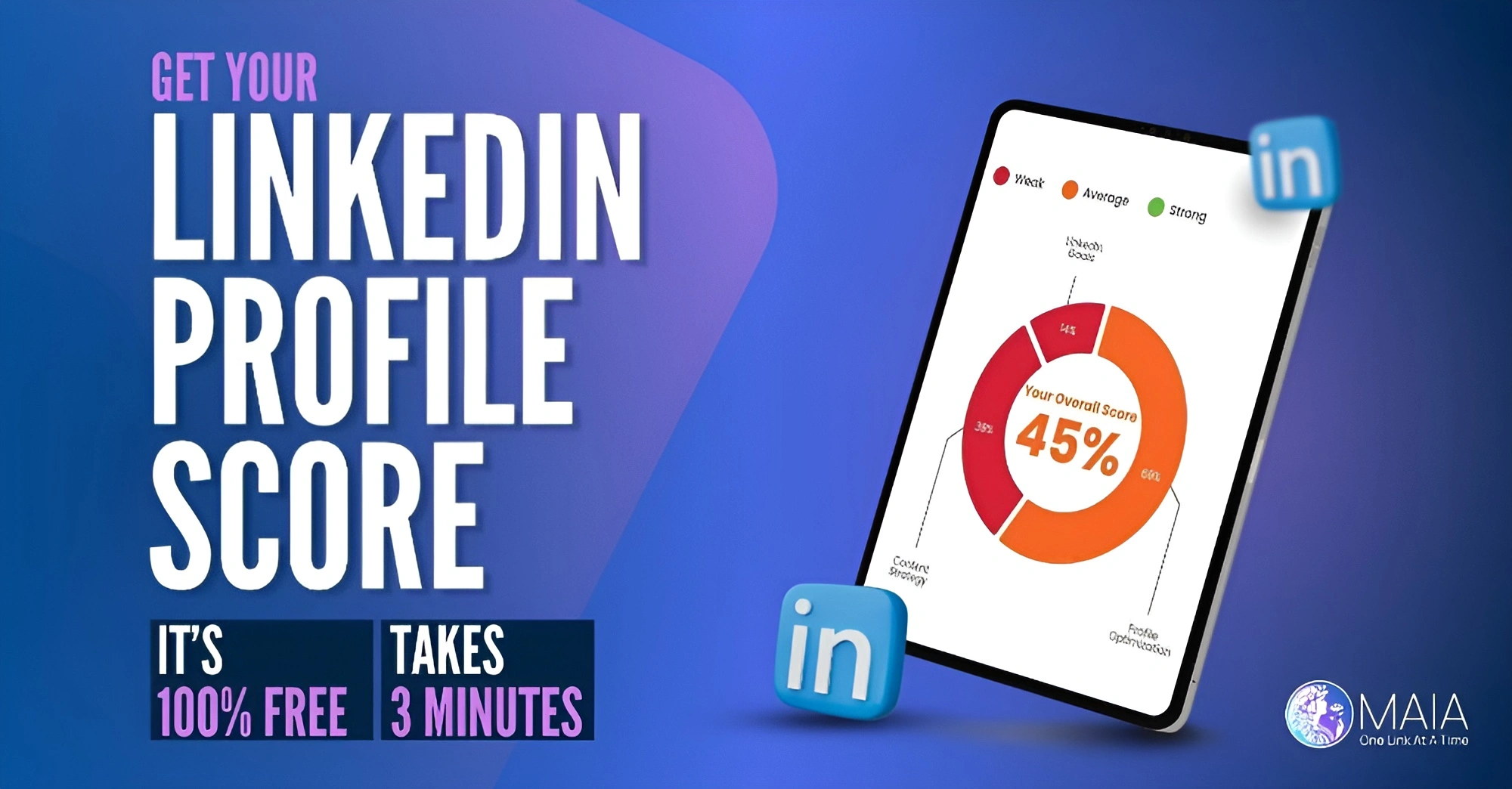Attending industry conferences presents a unique opportunity for B2B professionals to expand their network, gain valuable insights, and generate high-quality leads. However, the true value of conference networking is realized only when it’s paired with a robust digital follow-up strategy, especially on platforms like LinkedIn. By combining the power of in-person interactions with strategic online engagement, businesses can maximize their return on event investments and drive sustained business growth.
Mastering Conference Networking and LinkedIn for Effective B2B Lead Generation
Introduction
Conferences and industry events remain some of the most effective avenues for B2B professionals to connect with potential clients, partners, and industry influencers. In today’s digital-first landscape, face-to-face meetings create trust, foster meaningful relationships, and open doors to business opportunities. Yet, these benefits are only fully realized when complemented by an intentional post-event engagement strategy.
With 73% of companies are using event marketing to generate leads, it’s clear that event participation is vital for modern B2B growth. But the real differentiator is how organizations nurture these new connections once the event concludes. LinkedIn, the leading B2B social platform, is indispensable in this process, bridging the gap between in-person rapport and digital relationship-building. This article explores actionable strategies to master conference networking and leverage LinkedIn for effective B2B lead generation.
Preparing for Effective Conference Networking
Preparation is the cornerstone of successful conference networking. Before stepping onto the exhibition floor, it’s essential to clarify your objectives and research key attendees, speakers, and companies. This groundwork ensures that every interaction is purposeful and aligned with your business development goals.
Begin by developing a targeted list of prospects, partners, and industry leaders you want to engage. Study their recent LinkedIn activity, professional interests, and company updates. This allows you to tailor your approach, reference mutual interests, and initiate more meaningful conversations.
- Set specific goals: Determine whether you want to generate leads, identify strategic partners, or stay abreast of industry trends.
- Prepare your elevator pitch: Condense your value proposition into a concise, compelling message that sparks interest and invites further discussion.
- Update your LinkedIn profile: Ensure your profile is current, complete, and highlights your expertise, making it easier for new contacts to verify your credibility after meeting you.
- Schedule meetings in advance: Use event apps or LinkedIn messaging to arrange meetups with high-priority contacts before the conference starts.
Having a clear plan not only boosts your confidence but also ensures that your networking efforts are targeted and effective. Remember, efficient preparation sets the stage for productive in-person interactions and positions you as a proactive industry participant.
Maximizing In-Person Interactions at Conferences
In-person interactions at conferences are invaluable for establishing trust and rapport with prospects. To maximize these moments, focus on authentic conversations rather than transactional exchanges. Engage in active listening, ask insightful questions, and demonstrate a genuine interest in your counterpart’s challenges and objectives.
During networking sessions, workshops, and informal gatherings, prioritize quality over quantity. Meaningful connections are far more valuable than a stack of business cards. Seek out opportunities to add value, whether by sharing relevant industry insights or offering introductions to other professionals in your network.
- Be present and attentive: Make eye contact, listen actively, and be fully engaged in the conversation.
- Capture notes: Jot down key points from your interactions immediately after conversations. This helps personalize your follow-up and reinforces your professionalism.
- Identify follow-up opportunities: Listen for cues that indicate a prospect’s interest in learning more or scheduling a post-event meeting.
- Promote event engagement: 38% of top-performing B2B sales reps send their leads invitations to events, highlighting the importance of integrating event invitations into your networking approach.
Ultimately, the goal is to create a memorable first impression that paves the way for ongoing engagement. By focusing on genuine relationship-building, you lay the foundation for long-term business opportunities.
Leveraging LinkedIn for Post-Event Engagement
The days following a conference are crucial for transforming face-to-face connections into lasting business relationships. LinkedIn is the premier platform for this purpose, with 89% of B2B marketers use LinkedIn for lead generation. Timely, personalized follow-ups on LinkedIn can significantly increase your chances of ongoing dialogue and lead conversion.
Start by sending personalized connection requests to everyone you met, referencing specific conversations or shared interests to jog their memory. Avoid generic messages — authenticity and relevance foster stronger connections.
- Send tailored connection requests: Mention where you met and highlight a key topic you discussed.
- Share valuable content: Post event summaries, industry takeaways, or relevant articles on your LinkedIn feed to continue the conversation and demonstrate thought leadership.
- Engage with new contacts’ content: Like, comment, and share their posts to stay visible and build rapport.
- Utilize LinkedIn’s messaging features: Move conversations forward by suggesting a follow-up call or sharing resources that address their specific needs.
LinkedIn accounts for 80% of all B2B leads generated through social media, making it essential to integrate the platform into your post-conference lead nurturing strategy. Effective LinkedIn engagement not only keeps your brand top-of-mind but also accelerates trust and credibility among your new contacts.
Integrating Conference Insights into Your LinkedIn Strategy
Conferences are fertile ground for gathering industry intelligence and uncovering trending topics. Integrating these insights into your LinkedIn strategy positions you as a forward-thinking leader and attracts attention from a broader audience.
Consider writing LinkedIn posts or articles summarizing key lessons, panel discussions, or emerging trends identified at the event. Tag relevant speakers, companies, and new connections to boost engagement and encourage further dialogue. Sharing conference highlights not only showcases your expertise but also reinforces your commitment to staying at the forefront of your industry.
This approach also enables you to spark conversations with prospects who couldn’t attend the conference, expanding your reach and influence within the LinkedIn community. For more B2B marketing best practices, visit https://team-maia.com/.
Measuring and Optimizing Your Lead Generation Efforts
To ensure ongoing success, it’s essential to track and analyze the effectiveness of your conference networking and LinkedIn engagement. Set clear metrics such as the number of meaningful connections made, post-event follow-ups completed, and leads generated through LinkedIn.
Leverage LinkedIn’s analytics tools to monitor profile views, engagement rates, and the growth of your professional network. Social selling reps generate 45% more sales opportunities than reps with low Social Selling Index scores, underscoring the importance of consistent and strategic activity on the platform.
Regularly review your results, identify areas for improvement, and refine your approach for future conferences. Continuous optimization ensures that your lead generation efforts remain effective and scalable over time.
FAQs
-
How soon should I follow up with new contacts after a conference?
Ideally, follow up within 24-48 hours while the interaction is still fresh. A timely, personalized message on LinkedIn demonstrates professionalism and reinforces the connection.
-
Is LinkedIn really the best platform for B2B lead generation?
Yes, 89% of B2B marketers use LinkedIn for lead generation, and LinkedIn accounts for 80% of all B2B leads generated through social media.
-
How can I make my LinkedIn outreach stand out after an event?
Reference specific conversations or shared interests from the event, and offer value through relevant content or resources. Personalization is key to building trust and engagement.
